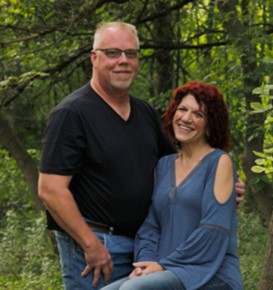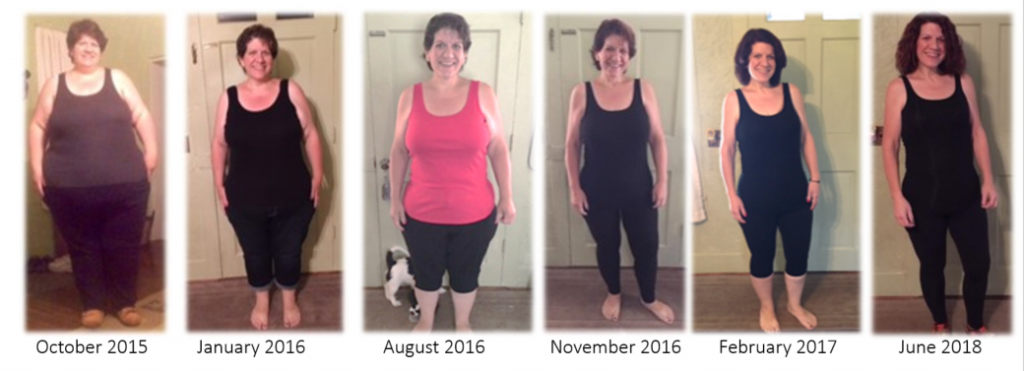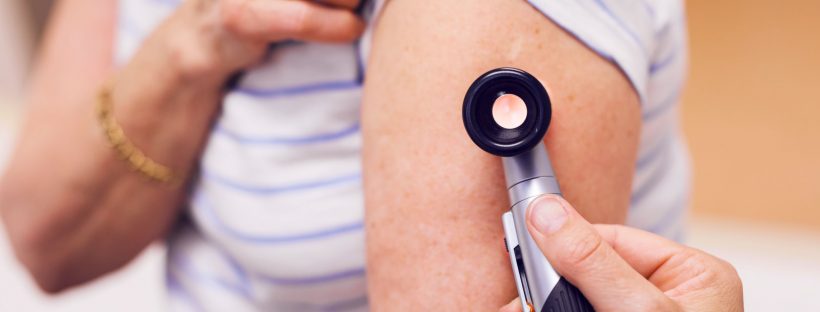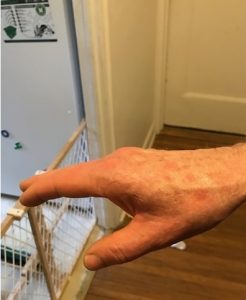The first house in my neighborhood ablaze with holiday lights triggered a mini anxiety attack.
Lights glowed in the windows and decked out neatly trimmed bushes. Decorative reindeer nuzzled their noses in the lawn, as if enjoying a grassy snack.
“Oh crap,” I thought. “It’s Christmas time.”
My mind reeled through a list of To Do’s before the big day. The list felt overwhelming.
- Decorate the house.
- Decorate the tree. Wait – first get a tree.
- Presents. Buy, wrap and mail them.
- Wait – what do my kids even want? Santa list. Must get the older one to write a Santa list.
- Christmas cards. I must tackle this one. Christmas is in a few weeks.
And the list went on – Christmas cookies, Santa visit, take the family photo for the Christmas cards, etc. Bah, humbug!
STOP! BREATHE!
We can become consumed with Christmas and other holiday tasks. Who even has time to actually enjoy what the season is really about?
To help you (and me!), Ann Griepp, M.D., chief medical officer for behavioral health, Excellus BlueCross BlueShield, shares 12 tips to get you through this holiday season.
- Got too much to do? One way to handle the stress is to wake up a few minutes earlier than you usually do. Take a few moments for yourself: light a candle, drink your coffee, reflect on the day and count your blessings before you have to get going.
- Decide what can go. Talk to your family. Dr. Griepp had this discussion with her family one year. As a result, they decided to skip the Christmas cards. There’s nothing wrong with skipping the mailed cards and instead sharing holiday messages through email or Facebook.
- Keep doing the activities you love. If making Grandma’s peanut brittle is a must, then by all means do it!
- Save time. Some people LOVE to decorate. Others view it as a chore. If you fall in the latter category… stop decorating so much! Sometimes less is more.
- Give money or gift cards instead of hunting for individual gifts – particularly if you know the recipient likes to pick out their own gifts. That’s another way to skip the stress.
- Lead a healthy lifestyle to help reduce stress levels! Eat healthy and stay active. – (Tips for adding more vegetables to your meals). You’re busy, but you should still make time for exercise – even if it’s just a walk around the block. And don’t forget to get enough sleep!
- Remember to spend time with your PETS. Pets can feel whenever you are stressed or anxious. Going for a long walk with your pet will do a lot of good for yourself and your companion.
- Change the formula. Many of the winter holidays — Hanukkah, Christmas and Kwanzaa — have multiple days of celebration. So spread out the activities. Dr. Griepp’s parents used to celebrate the 12 days of Christmas by planning simple gatherings with friends and family. They’d skate or go sledding one day. They’d play cards, eat, or exchange small gifts the next.
- Anxious about money? Set a budget and stick to it. If you’re buying gifts for a lot of siblings, cousins and their significant others, consider a “Secret Santa” exchange as a way to reduce the amount of money you spend on presents. Or consider having a “white elephant” exchange—bring a wrapped present of an item you no longer want or need. And if you’re the creative type, make your own gifts. Pinterest.com is a great resource for many of my more crafty friends and family.
- Volunteer. What better way to get into the holiday spirit or teach your children the true meaning of this time of year than helping families in need? Volunteering might also boost your mood and reduce stress.
- Take a break and watch a favorite holiday movie with your family–Rudolph the Red Nosed Reindeer, Miracle on 34th Street, It’s a Wonderful Life, Christmas Vacation or A Christmas Story, to name a few.
- My personal favorite? Ask for help! Maybe the grandparents could take the kids to see Santa while you shop for presents (or go for that walk)? Don’t feel like you have to tackle all of the tasks yourself. Ask your significant other or the kids to take responsibility for some of these tasks. Realize that you can’t do it all alone and you’ll feel better in the end!

















